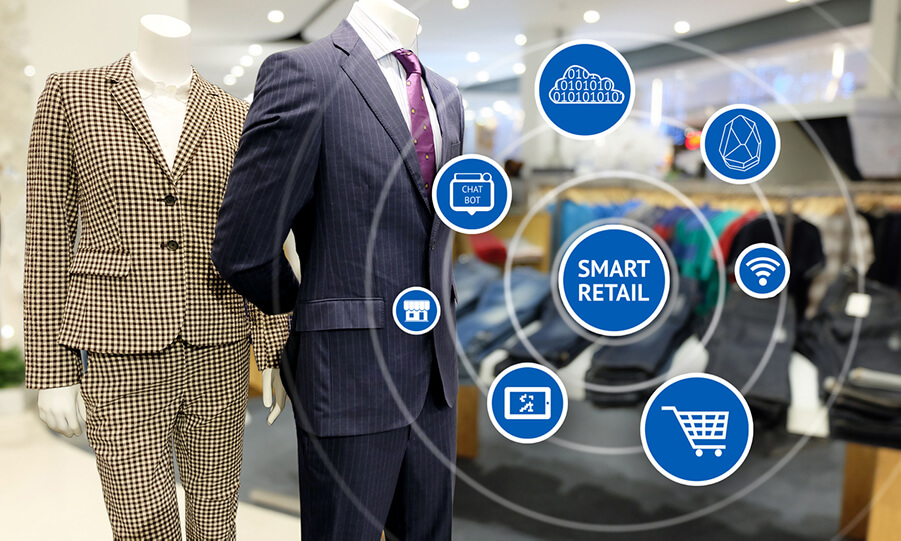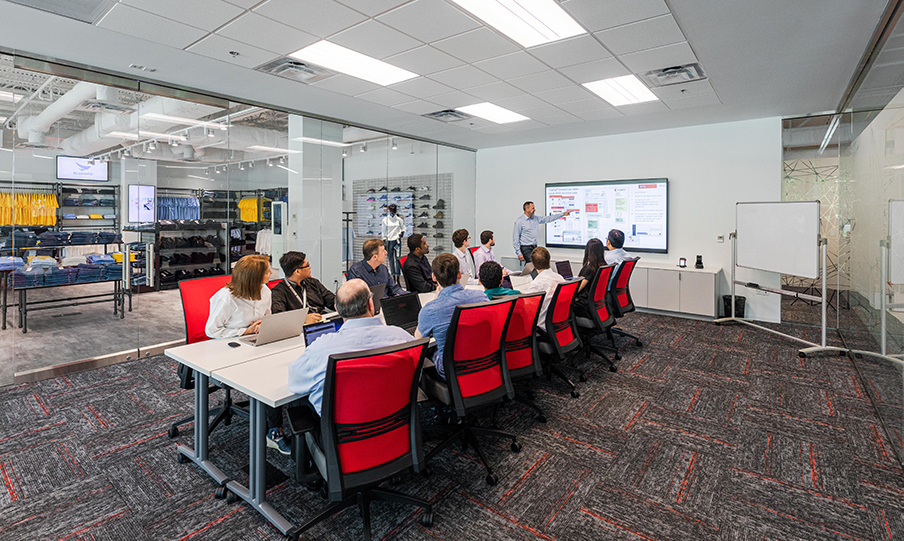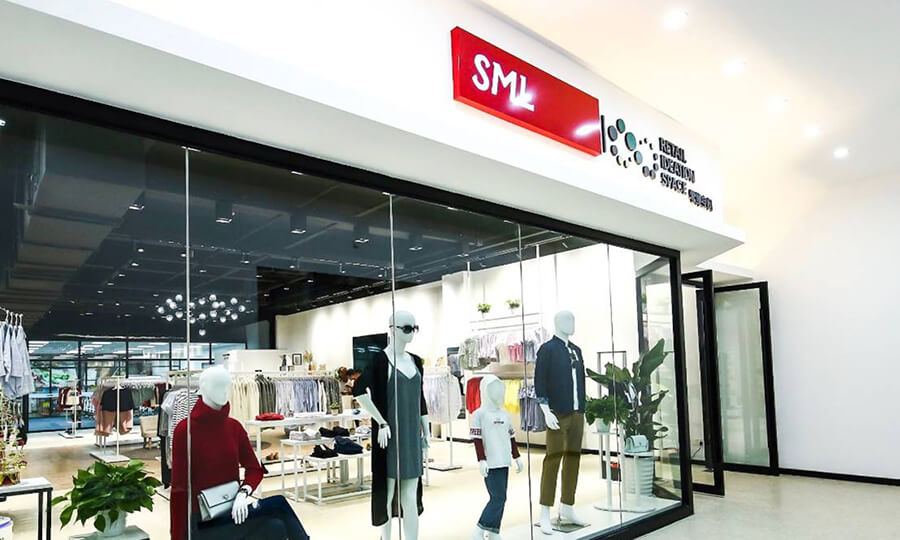A new era for BOPIS: How RFID changes the way retailers see labor
Within the past year, retailers have needed to change how they serve their customers, emphasizing omnichannel and BOPIS fulfillment more than ever before. However, for many retailers, this uncovered a stark revelation around their inventory inaccuracy, meaning that for some, operating in the “new normal” would be a complicated and difficult feat.
Achieving an accurate view of inventory has been in the pursuit of all retailers since the beginning of time. Profitable stores today must have accurate views of store and sales floor inventory to support in-store and omnichannel fulfillment models. Having this accuracy allows a retailer to enhance their operations across a number of disciplines while also reducing labor costs and the time that store associates spend carrying out tasks that could otherwise be put in the hands of technology.
Utilizing item-level RFID solutions and tags, retailers can achieve up to 98% inventory accuracy, enabling them to have a real-time view of their entire product line across multiple stores and channels. As a result, these retailers can better serve their customers by providing the items customers want when they want them and where they want them. Besides, an RFID-enabled inventory impacts all aspects across a retailer’s operations by reducing unproductive staff time spent manually, counting stock, or searching for inventory, therefore enabling store associates to focus on delivering better customer experiences.
As we emerge into a new era of retailing, the emphasis will be placed on how retailers can work smarter; shifting talent and resources from carrying out routine tasks such as counting stock and product markdowns to helping customers complete buying transactions. Consumer behaviors have been permanently altered, and retailers need to adapt to deliver more effective omnichannel experiences, including in-store customer interactions, successful implementation of BOPIS and SFS.
By implementing item-level RFID, retailers can transform how they use their staff resources across several areas of operations. From the point of sale (POS), logistics & replenishment, and customer service, RFID enables retailers to rethink how they work, adjusting current processes to ensure they remain relevant, profitable, and at the forefront of retail technology. This transformation is resulting in 1,000’s of retailer stores around the globe increasing their sales, reducing stock management labor, and reducing excess inventory.
To find out more on how RFID can enable retailers to usher in the new era of omnichannel, download our latest whitepaper “How RFID is Helping Retailers See Labor Differently in the New Era of Omnichannel and BOPIS.”










